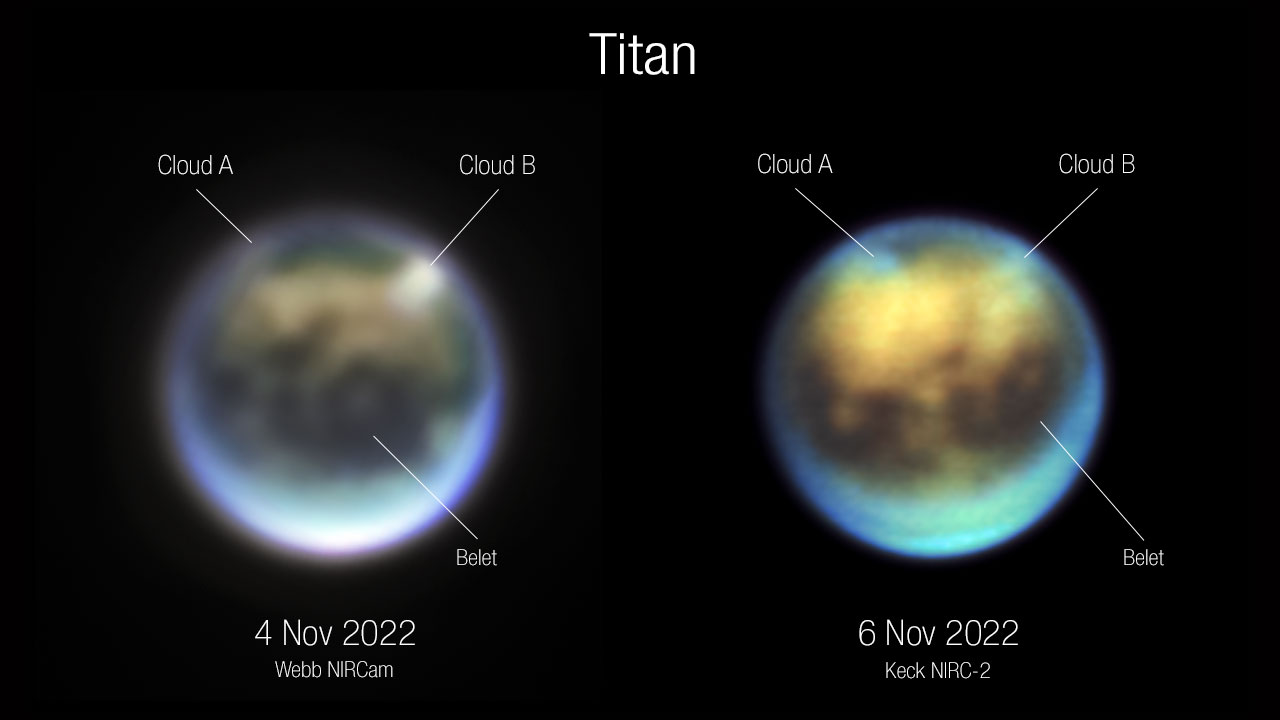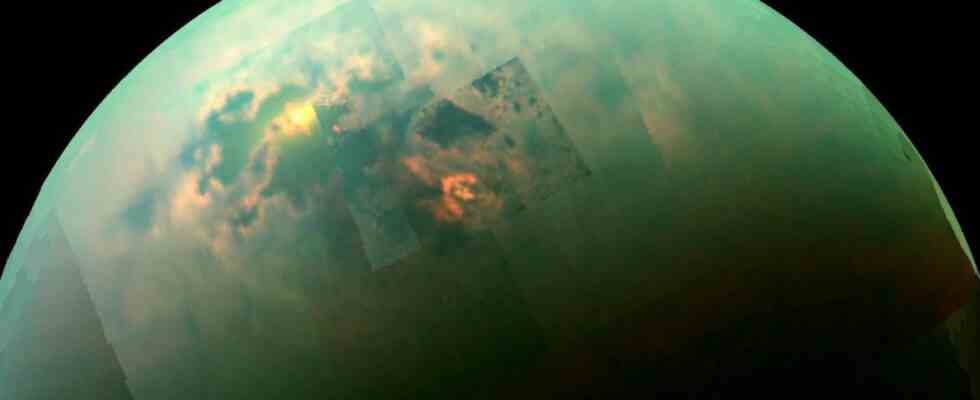James Webb, the most advanced space telescope, has managed to present us with many impressive images since he started his mission. The latest images from the James Webb Space Telescope (JWST), which gives us a closer look at many celestial bodies than ever before, are also breathtaking.
James Webb Space Telescope continues to sign impressive images
Titan, one of Saturn’s moons, is one of the most curious places with its structure. Reminiscent of the Earth with its colors, Titan is very similar to our world in structure with its seas and atmosphere. However, Titan’s seas and atmosphere are made of methane and ethane instead of water, unlike Earth’s.
The first images taken by JWST of Titan, which is one of the celestial objects that researchers are most curious about with all these features, were shared. In one word, we can interpret the images as ‘extraordinary’ when we see Titan up close for the first time.
The images were captured by the NIRCam, Webb’s primary imaging device that can detect infrared light. The image taken by JWST also revealed two clouds in the satellite’s northern hemisphere. This is the first time these clouds have been revealed so clearly, although their existence had previously only been predicted and imaged.
Due to the conditions on Titan’s surface, cloud formations are also occurring quite rapidly. The satellite, which hosts the methane seas, will continue to be observed. James Webb has his eyes on Titan right now.

MIRI, another JWST imaging instrument, is expected to deliver the first data on the satellite by mid-2023. This device, which receives imaging at different wavelengths, can provide us with much different information about Titan and its atmosphere.
It seems likely that we will reach much more impressive images in the future with the James Webb Space Telescope. So what do you think about Titan, which is very similar to Earth with its structure? You can share your views with us in the comments section.

